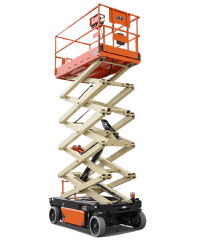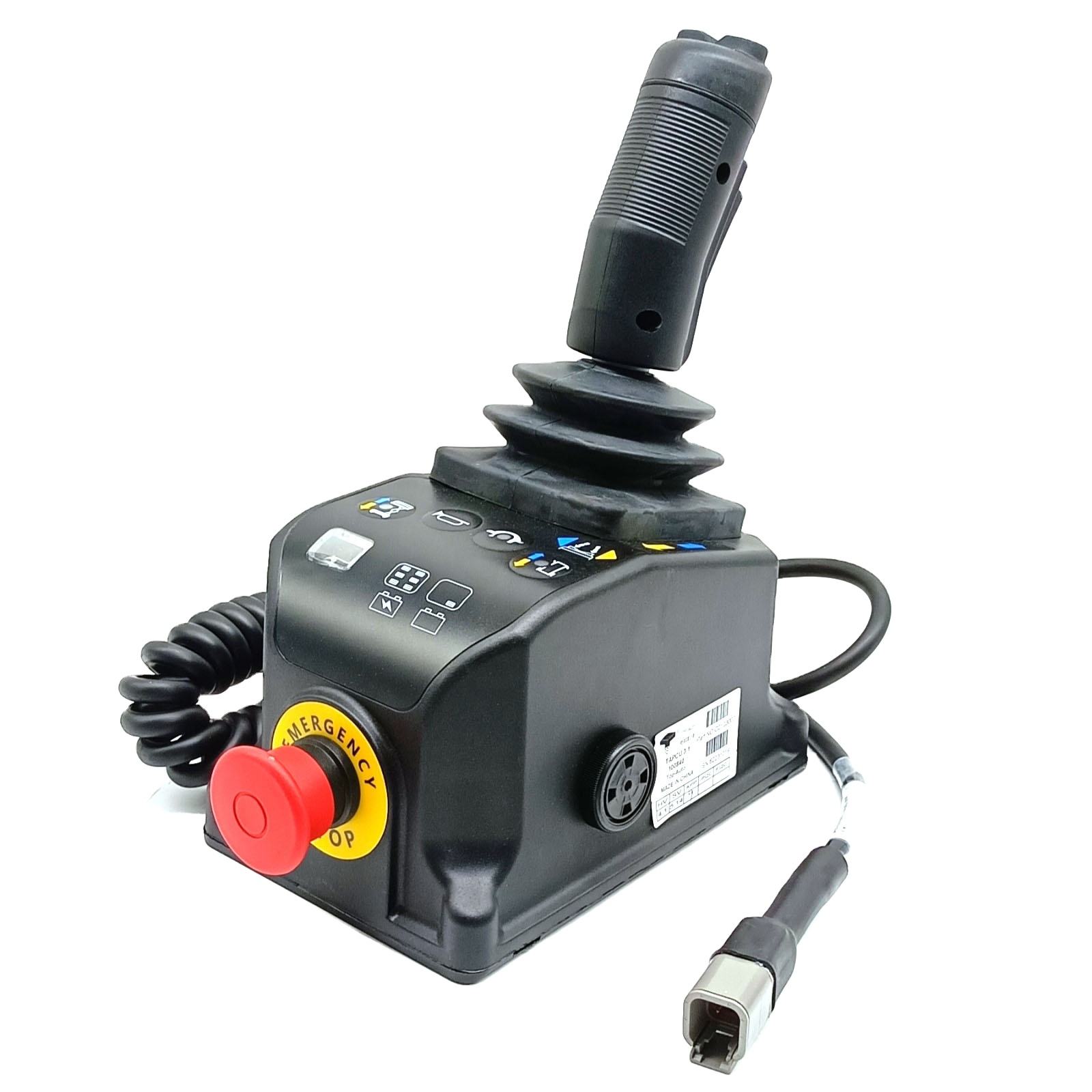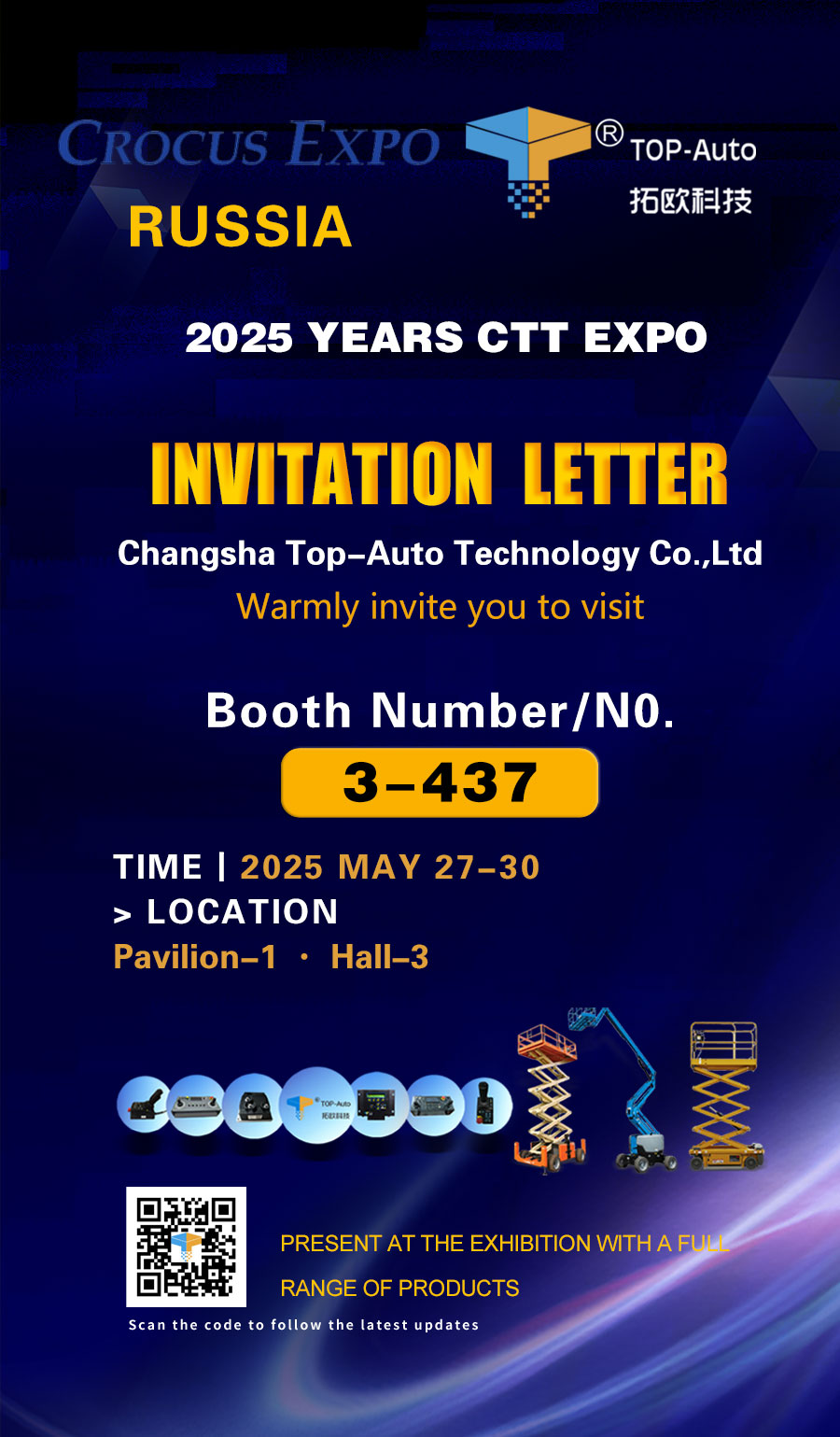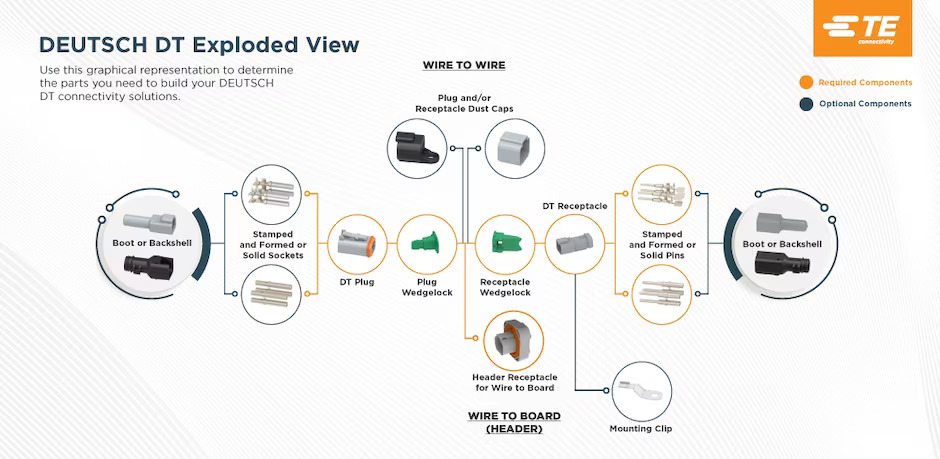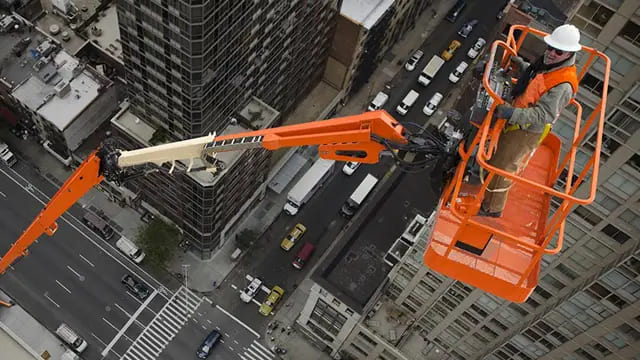
Yurtdışındaki hava çalışma platformları çok çeşitli tür ve özelliklere sahiptir, çok büyük bir endüstri oluşturuyoruz. Uluslararası bir standardizasyon kuruluşu (TC214) ayrıca kuruldu. Son on yıldaki uluslararası inşaat makineleri fuarlarına baktığımızda, hava çalışma platformlarının önemli bir endüstri olduğu açıktır. Genel eğilimler aşağıdaki gibidir:
Expanding the scope of operations to meet the needs of different tasks;
Increasing awareness of safety and environmental protection;
Further specialization, refinement, and personalization in the manufacturing of components;
Further intelligentization of products.
Nowadays, when people purchase machinery, they often consider imported equipment and want to understand the best brands and their pricing worldwide. Let’s take a look at the current status and development of aerial work platforms internationally.
European Aerial lifts Industry
Europe has many manufacturers of Aerial lifts. Italy alone has about twenty known manufacturers, and countries like Germany, France, the UK, Finland, and Denmark also have numerous manufacturers. Europe is the main production area for Aerial lifts. The product structure is comprehensive, and aerial work machinery can be divided into folding boom, telescopic boom, and hybrid boom types. European products use all these structures, especially hybrid boom products, which are rare in the US and Japan but are very common in Europe. European products have a wide range of working heights, with the lowest around 10 meters and the highest exceeding 100 metre. In contrast, the maximum working height of products in North America is generally not more than 70 metre, and Japanese products do not exceed 60 metre. Europe has a long history of producing aerial work machinery and high technical levels, so European products are widely sold worldwide, including the Middle East, Güneydoğu Asya, and South America. From the above points, it can be said that Europe is the most developed and technologically advanced region for Aerial lifts. However, Europe basically does not produce or use aerial insulating vehicles, with only Finland having companies that produce large-height aerial insulating vehicles.
North American Aerial lifts Industry
Aerial lifts in North America are mainly insulating, accounting for about 65% of the total volume. This is due to the regulations and policies in North America that require most aerial work to have insulating properties. The world’s three largest manufacturers of insulating Aerial lifts are concentrated in the US, and their insulating Aerial lifts are leading in the world. North America is also the largest market for Aerial lifts (including insulating and non-insulating types). Compared to Europe, Aerial lifts in North America have lower working heights. To ensure insulating performance, North American Aerial lifts often use simpler structural forms, with only low-height products and low insulating grade products. Complex hybrid boom structures are used for medium-height products, and telescopic boom structures are used for high-height products. The manufacturers of Aerial lifts in North America are relatively concentrated.
Japanese Aerial lifts Industry
Aerial lifts are widely used in Japan, with both ordinary and insulating types being extensively utilized. Japanese Aerial lifts have lower working heights, and their main features are compactness and flexibility. The manufacturers of Aerial lifts in Japan are highly concentrated, producing both ordinary Aerial lifts and insulating vehicles, as well as self-propelled products.
Other Regions’ Aerial lifts Industry
Apart from the above countries and regions, there are few manufacturers of Aerial lifts in other areas. In recent years, several aerial work platform manufacturers have emerged in South Korea, but their scale is relatively small.
Analysis of Major Foreign Aerial Vehicle Manufacturers’ Ürünler
Except for Japan, manufacturers of large-height Aerial lifts abroad are concentrated in Europe, especially in Germany and Italy, where major manufacturers have products exceeding 60 meters in height.
There are no pure folding boom products. Only early product introductions show pure folding boom structures from foreign companies. Currently, small-height products in Europe and America mainly use telescopic boom products, while large-height products use hybrid boom structures.
In recent years, folding boom products with flying boom structures have rapidly developed in Italy, reaching up to 30 metre. More and more products are adding flying boom structures to the original folding and telescopic boom structures. The main advantage of these products is their compact structure.
Self-Propelled Aerial Work Platforms Abroad
Main Features
Self-propelled aerial work platforms use dedicated walking chassis, with low walking speeds, suitable for long-term operations and heavy-load operations. Self-propelled aerial work platforms are the most widely used aerial work equipment internationally. The industry of self-propelled aerial work platforms abroad mainly has the following characteristics:
Extremely widespread use. To ensure the safety of workers, developed regions such as Europe and America stipulate that aerial work platforms must be used for operations above 2 meters in height. Therefore, self-propelled aerial work platforms are very popular in Europe and America, used extensively in warehouse handling, equipment maintenance, yapı, and cleaning operations.
Rich product types, capable of meeting various aerial work needs. Since they do not use automotive chassis, they are not limited by the installation dimensions, load capacity, and road traffic regulations of automotive chassis. The structure of self-propelled aerial work platforms is diverse. They can be divided into electric drive and engine types according to the power source. Electric drive is suitable for indoor and small equipment, while engine type is suitable for outdoor use and large equipment. According to the extension mechanism, they can be divided into mast type, scissor type, and boom type, with the boom type further divided into folding boom and telescopic boom types. Various structural products adapt to different operational needs.
Europe, America, and Japan are the main production areas for self-propelled aerial work platforms. The world’s major manufacturers of self-propelled aerial work platforms are concentrated in North America, Europe, and Japan.
Spider-type products have developed rapidly in Europe in recent years. Their characteristic is low-speed walking with tracks and leg support for operations, especially suitable for narrow spaces, poor road conditions, off-road areas, and floors. From domestic and international application situations, they are mostly used for equipment and building maintenance and construction operations in hotels, large buildings, and outdoor venues.
Conclusions Based on the Above Analysis and Data
The development of the international aerial work machinery industry is uneven. Developed countries such as Europe, the US, and Japan have high levels of industry development and widespread use, while other regions are lagging behind with smaller industry scales.
The development of the aerial work machinery industry is closely related to the economic level. In regions with higher economic development levels, the use of aerial work machinery is very widespread.
The development of Aerial lifts is closely related to local regulations and policies. For example, Europe does not allow live-line operations, so there are almost no insulating Aerial lifts in Europe. The US has insulating requirements for aerial work, so insulating Aerial lifts are very developed in the US, but their ordinary Aerial lifts are less technologically advanced compared to those in Europe.

